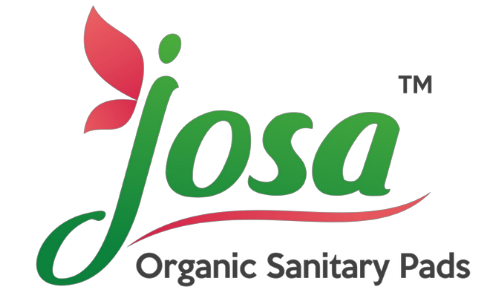The menstrual hygiene environment is fast changing with the introduction of period pants. While these items are convenient, their suitability for Indian women remains unclear, particularly concerning cultural, societal, and environmental issues.
The high cost of period pants limits usage, especially for low-income women. and the lack of access to period pants, especially in rural areas.
This blog explores why natural sanitary pads may be a more practical and sustainable option for Indian women.
Understanding the Indian Context
Menstrual hygiene in India presents a daunting issue due to the country's intricate tapestry of geography, socioeconomic inequities, and deeply ingrained cultural beliefs. In India, a staggering 42% of women aged 15 to 24 use sanitary napkins, while 62% use cloth, showing the disparity in accessibility and affordability.
The situation is compounded in rural areas, where water scarcity and insufficient sanitary facilities add to the problem. Combined with persistent social taboos that shroud menstruation in secrecy, millions of women confront substantial barriers to managing their menstrual health with dignity.
Let's look at why natural pads are a better alternative for Indian women than period pants based on several criteria.
Cultural sensitivity and acceptance
Menstruation is often considered impure in India, and women who menstruate face discrimination and stigma. This cultural taboo makes it difficult for women to discuss and manage their menstrual hygiene openly. Natural pads, which resemble regular fabric pads, are more culturally acceptable and less likely to draw unfavorable attention than period trousers, a relatively new notion.
Familiarity and Tradition
Cloth, a reusable, cost-effective, and sustainable option for menstruation, has been used by Indian women for millennia. Natural pads manufactured from banana fiber and cotton match traditional practices, making them more acceptable and easily adopted.

Accessibility and availability.
Limited Access to Sanitary Products.
Among India's 355 million menstruation females, only 36% use sanitary napkins, and many are unaware of their existence. Says BBC News
Access to sanitary supplies is a major issue, particularly in rural areas where disposable pads are expensive and not always readily available. Saathi's free distribution of natural pads helps overcome the gap.
Production & Distribution
Banana fiber pads are not only biodegradable but also contribute to local economies by increasing income for banana growers. Saathi employs local women in their production facilities, promoting accessibility and community support.
Affordable, cost-effective solutions.
Poorer women sometimes cannot afford sanitary napkins, forcing them to utilize unsanitary alternatives. Natural pads are less expensive than commercial kinds and can be produced in bulk. Their low cost makes them a viable option for a broader portion of the population.
Long-term Savings
Reusable cotton pads may cost more initially, but they are cost-effective in the long run, lasting 3 to 5 years with good maintenance. Natural, disposable, and biodegradable pads are a cost-effective and convenient option for many women.
Environmental Impact
Biodegradability and Sustainability.
Commercial pads typically contain wood pulp and superabsorbent polymers, which can take over 500 years to degrade. Natural banana fiber pads degrade within six months without contaminating the soil. This eco-friendly component is vital in a country where 12.4 billion pads are disposed of annually, leading to severe pollution.
Supporting Sustainable Practices
Natural pads, made from agri-waste materials such as banana fiber, support sustainable agriculture methods and reduce waste. This method contributes to the creation of a circular economy, which benefits both the environment and the community.
Health and Comfort Benefits:
The chemicals used in traditional sanitary napkins might cause period rashes and other health complications. Natural pads, created from chemical-free materials like cotton and bamboo fiber, are comfortable, prevent rashes, and are a healthier option.
Comfort and convenience.
Natural pads offer comfort and absorbency, making them ideal for high-flow days. These products are simple to use and eliminate the need for a learning curve or bulky period pants.
Conclusion
Natural pads are a better option for Indian women when it comes to cultural acceptance, accessibility, price, environmental effect, and health benefits. They adhere to traditional techniques, are cost-effective, benefit local economies, and are environmentally friendly. By using natural pads, Indian women may manage their menstrual hygiene with dignity and comfort, helping to create a healthier and more sustainable future.

